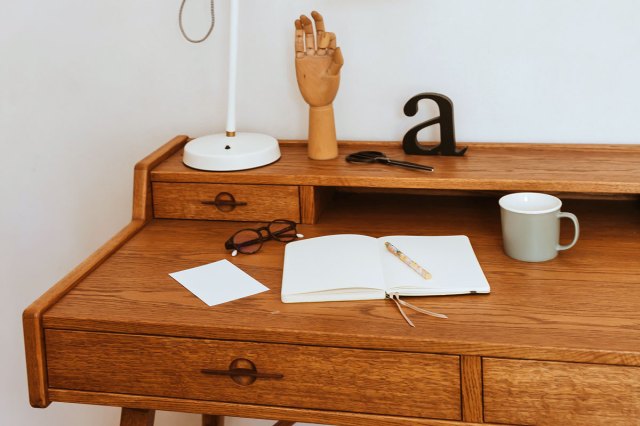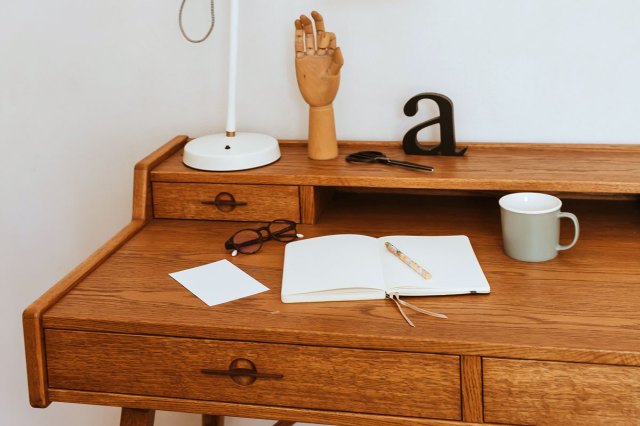For many people, journaling is as simple as putting pen to paper once a day in self-reflection. However, others take a more elaborate approach by using a bullet journal, a system of bullets to organize tasks, goals, events, inspirations, and more. However, bullet journaling doesn’t just involve a notebook and some supplies — it’s also a school of organizational thinking described as a “mindfulness practice disguised as a productivity system.” Here’s what you need to know about bullet journaling and how to create your own.

Origins of Bullet Journaling
Designer Ryder Carroll created bullet journaling in the ‘90s with three intentions: tracking the past, ordering the present, and designing the future. You can slowly shape your world by using one, seeing what tasks you consecutively complete and where you fall short.
No two journals are the same — nor are they meant to be. Bullet journaling is intended as a highly personal system catered to each person’s needs and goals and designed around four Rs: record, reflect, refine, and respond.

How to Create a Bullet Journal
When creating a bullet journal, ask yourself these three questions to guide your intentions:
1. What do I want from my bullet journal practice?
2. What problem am I trying to solve?
3. What am I hoping to prove to myself by doing this thing?
Once you have determined your journal’s purpose, it’s time to set it up. Because the system uses boxes and check marks to track progress, many people find using a squared grid or dot grid notebook easiest.
Next, it’s important to have pens. For color-coding and decorative purposes, keeping a small set of highlighters, stickers, and sticky notes on hand is also helpful.

What To Include in Your Bullet Journal
At the most basic level, bullet journals should include these parts:
• Index: serves as the table of contents
• Daily log: your to-do list for each day
• Monthly calendar: an overview of the plans and goals for each month
• Future planning: a log of long-term goals and upcoming events and appointments
You will use different symbols for each bullet as you go through your lists. There is a standard list of symbols — such as an “*” to indicate a priority — but you can customize it to your liking.
Many people also add creative flair to their bullet journals, from colorful charts to track progress and watercolor paintings to scrapbooking elements for extra flair.

After Your Journal Is Set Up
As you cultivate your bullet journal, you will learn what does — and doesn’t — work for you. Don’t be afraid to try a new format if your original setup doesn’t mesh well with your lifestyle. In time, this practice will seamlessly fit into your life, helping maintain productivity and organization.
Featured Image Credit: Daiga Ellaby/ Unsplash
More From Our Network
Better Report is part of Inbox Studio, which publishes content that uplifts, informs, and inspires.














